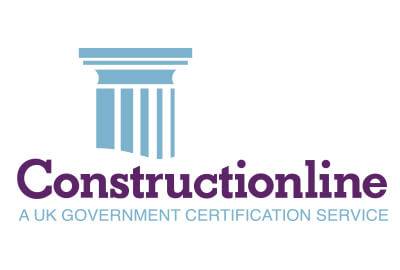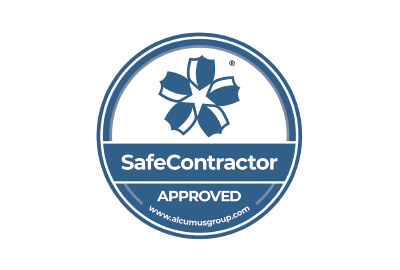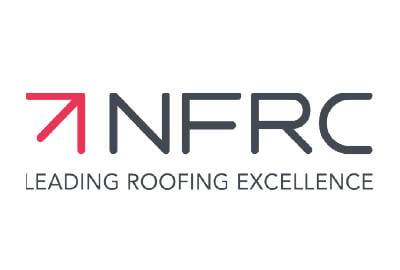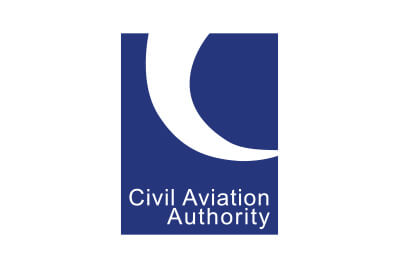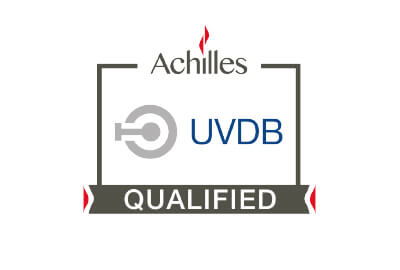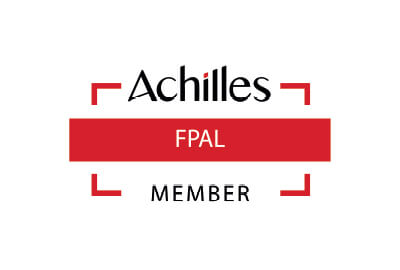High winds are one of the most common causes of sudden roofing failures in the UK. From loose slates to ripped flat-roof membranes, storm damage can escalate within minutes, especially in areas with aging roofing stock or wide-span commercial and industrial buildings.
As a leading industrial roofer and storm-response specialist covering Glasgow and most of the UK, Balmore Specialist is often called out for storm damage roof repair during periods of severe weather. Over years of emergency call-outs, pattern analysis, building maintenance reports, and leak investigations, we’ve identified the roof types that suffer the most under high-wind conditions.
This guide explains exactly which roofs are at the highest risk, and, more importantly, what you can do to protect your property, whether you are a homeowner, a commercial landlord, or an industrial site operator.

Why Wind Damages Roofs (and Why Some Are More Vulnerable)?
High winds create a pressure imbalance across a roof surface. When uplift pressure exceeds the resistance of tiles, fixings, membranes or structural components, the roofing system begins to lift, tear or displace.
Common wind-driven roofing failures include:
- Loosened or blown-off tiles and slates
- Torn felt or exposed underlay
- Membrane uplift on flat roofs
- Gutter detachment (leading to roof leaks in heavy rain)
- Flashing failures
- Damage around rooflights or vent points
- Structural issues on aging or poorly maintained roofs
Roofs with weak fixing systems, degraded materials, lack of maintenance, or improper installation are far more likely to fail. For commercial and industrial properties, the risk is even greater, due to large roof spans, complex drainage systems, and exposure to open landscapes.
The Roof Types Most Easily Damaged by High Winds
Lightweight, Poorly Fixed Tiles and Slates:
Traditional pitched roofs can withstand a lot, but not if the fixings are compromised.
High winds most commonly affect:
- Older slate roofs with corroded nails
- Lightweight concrete tiles
- Interlocking tiles that have lost their grip
- Roofs with historic “nail sickness”
Symptoms before failure often include:
- Rattling sounds during wind
- Tiles shifting slightly out of line
- Small water ingress during storms
- Debris appearing in gutters
Without prompt attention, these issues develop into full storm damage roof repair emergencies.
Flat Roofs (Single-Ply, Felt, EPDM):
Flat roofs are highly vulnerable because strong winds create uplift forces across the entire surface. Older or poorly bonded membranes can peel back rapidly.
High winds often cause:
- Torn membranes
- Exposed insulation
- Failed seams
- Ponding water leading to roof leaks in heavy rain
- Edge trim blow-off
- Water ingress that spreads fast across internal ceilings
Balmore Specialist is frequently called for emergency flat-roof repairs and full recoating (including flat roof recoat services) after storms.
Large Industrial & Commercial Roofs:
As experienced industrial roofers, we see this category take some of the worst damage during storms.
Industrial roofs are high-risk because they typically feature:
- Massive surface areas
- Lightweight sheet roofing
- Aging fixings
- Ventilation stacks
- Skylights
- Complex guttering systems
- Exposed positions in open landscapes
Common storm damage includes:
- Sheet uplift
- Skylight dislodgement
- Gutter collapse
- Water penetration over large areas
- Flashing failure around plant equipment or HVAC units
This is why many businesses rely on Balmore Specialist for:
- Industrial roof storm repairs
- Roof leak detection
- Commercial building repairs
- Planned preventative maintenance for long-term protection
Aging or Poorly Maintained Roofs:
Even the strongest roofing system becomes fragile over time.
Lack of building maintenance leads to:
- Weakened fixings
- Brittle materials
- Damaged pointing
- Failing membranes
- Blocked gutters
- Loose flashings
This is where building maintenance services, facility maintenance, and building maintenance contractors play a vital role in reducing risk.
Factors That Make a Roof More Vulnerable to Wind Damage
Even strong roofs can be undermined if other elements are compromised.
Gutters & Downpipes:
- Blocked or damaged gutters cause water overflow, structural strain, and fast-developing leaks.
- This often results in emergency gutter repairs following storms.
Flashings & Seals:
- Any loosened flashing becomes an entry point for wind uplift.
- This can quickly create major leaks requiring urgent repair of roof leakage.
Surrounding Structures:
- Nearby trees, roof-mounted signage, antennas, and debris can strike or stress the roof during high winds.
Roof Pitch & Orientation:
- Low-pitched roofs create greater uplift risk.
- Roofs facing prevailing winds degrade faster over time.
Installation Quality:
Many storm emergencies are ultimately caused by:
- Incorrect fixing patterns
- Substandard materials
- Inadequate edge detailing
- Poor workmanship
Another reason it’s essential to choose an experienced roofer for any roof work, especially storm-related projects.
How to Tell If Your Roof Has Already Suffered Wind Damage?
Early detection prevents emergencies. Watch for:
- Missing or lifted tiles
- Debris in the garden or car park
- Damp patches on ceilings
- Whistling sounds during wind
- Loose chimneys or flashing
- Water ingress following high winds
- Fast-developing rot on fascia
- Leaking gutters
If the weather is poor, do not climb onto the roof yourself. Call trained specialists, especially if the building is tall or complex.
Balmore Specialist provides safe inspections using:
- Rope access
- Drone surveys
- Elevated work platforms
This ensures safe, fast, disruption-free assessments.

What To Do If Your Roof Is Damaged by High Winds?
When storm damage happens, speed matters.
Protect the inside of the property:
- Move valuables, put containers under leaks, and isolate electrical circuits if necessary.
Contact Balmore Specialist Immediately:
As an experienced emergency roofers in Glasgow, we provide:
- 24/7 emergency response
- Temporary weatherproofing
- Immediate leak mitigation
- Safety securing
- Full repair plans
Prioritise long-term repairs once safe:
- Short-term fixes stop the leak, but full repairs restore the roof’s structural resistance.
Preventing Wind Damage: How to Strengthen Your Roof
The best storm damage repair is the disaster that never happens.
Book annual inspections:
- Catch early signs of failure before storms expose them.
Maintain gutters and drainage:
- Stops water pooling and structural weakening.
Reinforce older roofs:
- Replace corroded fixings, brittle tiles, and worn membranes.
Invest in planned preventative maintenance:
- Commercial and industrial properties save thousands through PPM.
Apply protective flat roof coatings:
- A flat roof recoat improves wind resistance and waterproofing.
Secure flashing and edge detailing:
- Small failures create major weaknesses.
Keep records of building maintenance:
- Helps predict failures and budget effectively.
With Balmore Specialist as your roofing partner, your property stays protected year-round, not just after storms.

Conclusion: Protect Your Roof Before the Next Storm Hits
Understanding which roof types are most vulnerable to high winds helps homeowners, commercial landlords, and industrial site managers reduce risk and react quickly when needed.
If your roof has already suffered damage, or you suspect weakened areas, now is the time to act. Balmore Specialist is your first call for storm damage roof repair, industrial roofing, commercial maintenance, rope access support, and advanced leak detection.
Call today for fast inspection or emergency repair. Protect your property. Prevent escalation. Stay storm-safe.





